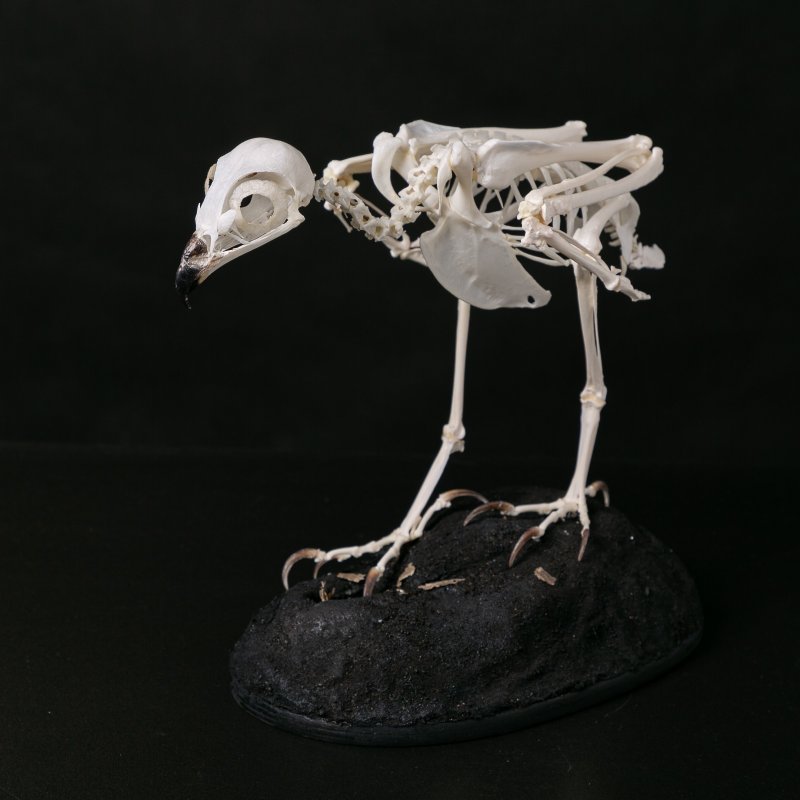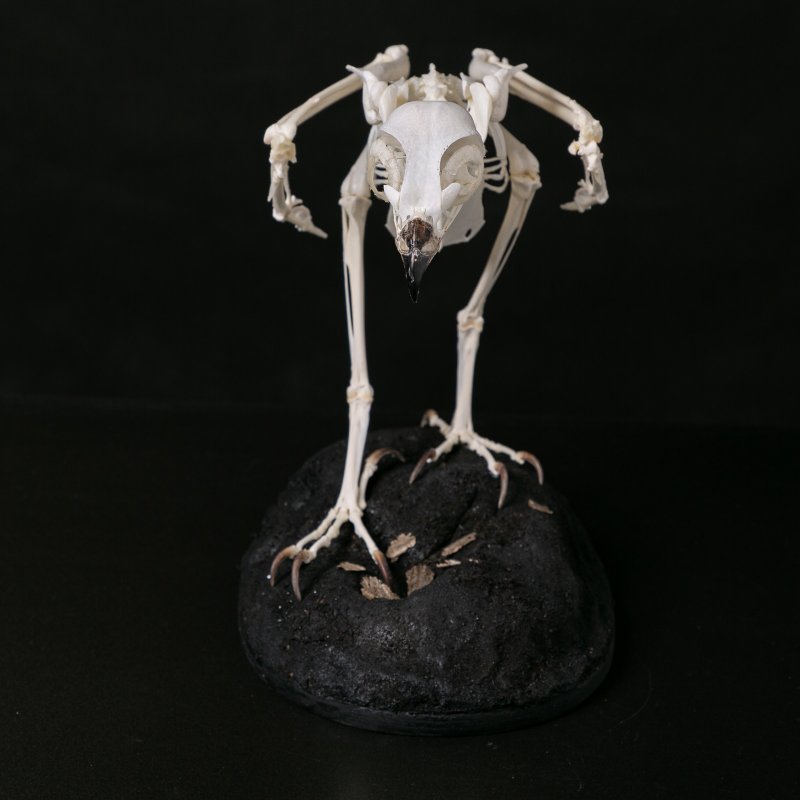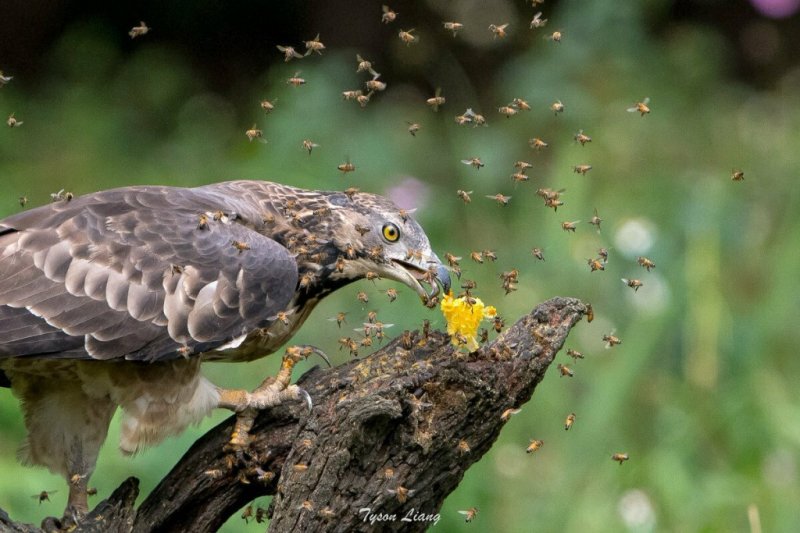14 September 2021
New arrival in our osteological collection - a skeleton of a honey buzzard!
(Pernis apivorus Linnaeus, 1758)
A new skeleton was made by our talented taxidermist Viktor Levterev for the osteological collection of the museum. It is the skeleton of a honey buzzard (Pernis apivorus Linnaeus, 1758). Honey buzzards are diurnal birds of prey. Their Latin name "apivorus" means "bee-eating", from apis, "bee" and -vorus, "-eating". Nevertheless, bees are much less important than wasps in their diet. The birds mostly feed on wasp larvae, destroying their nests. Apart from wasps they also might feed on the larvae of bumblebees and wild bees, frogs, lizards, rodents, beetles, grasshoppers, and small birds.
Honey buzzards are common in most of Europe and in western Asia. In general, this is a fairly rare bird that prefers middle and southern taiga (boreal forests). Honey buzzards are migratory birds. They arrive later than other predators, mostly in early May, and leave for migration in August-September, sometimes even in October.
It is a large bird with a relatively long tail and narrow wings. On the forehead and around the eyes there are short, stiff feathers that resemble scales and protect the bird from wasp stings. In adult birds, the dorsal side is dark brown, the ventral side is very variable in color: from monochromatic brown to light with a brown transverse pattern or with rare dark brown lengthwise strokes. Flight feathers are brownish with blackish tips, whitish bases, and dark transverse stripes. Tail feathers have three wide dark transverse stripes. Some of the birds might also be totally brown. The iris is yellow or orange. The beak is blackish and the legs are yellow with black claws. Young birds often have light-colored heads and light spots on the back.
Комментарии могут оставлять только зарегистрированные пользователи













